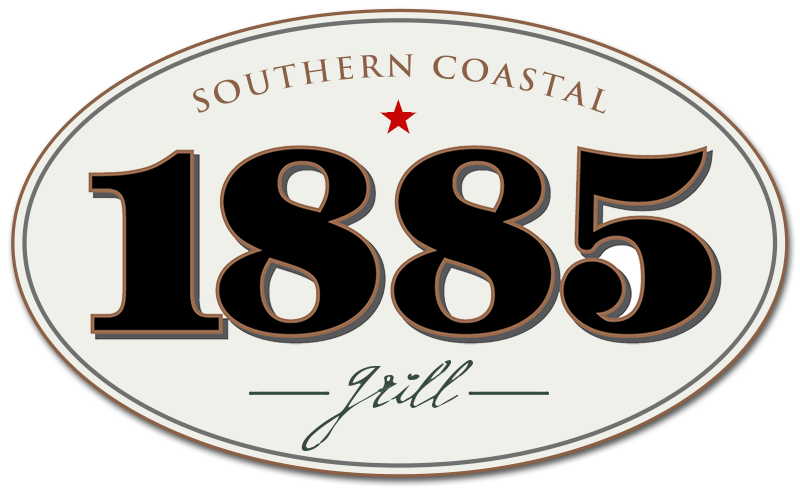How Southern Staples Got Their Start
The South is known for many things with food being at the top of the list. Just like the great people who call the region home, southern food is a blend of cultures and traditions. Heavily influenced by Native Americans and then by African and European settlers, southern food combines cultures to create dinner table staples.
Here’s a brief look at how iconic dishes evolved into Southern staples and family favorites.
Banana Pudding
The invention of the steamship in the late 1800’s helped to introduce the South to one of their favorite desserts. Ships brought a steady supply of bananas north and we started creating recipes to utilize the exotic fruit. In 1888, Good Housekeeping magazine gave us the first recipe for the layered goodness. Originally using custard, bananas, sponge cake and whipped cream, the recipe evolved to vanilla custard, bananas and Nabisco Vanilla Wafers.
While there is no tie to the South, banana pudding is a favorite below the Mason Dixson. Many credit this to its easy preparation and ability to feed a crowd.
Shrimp and Grits
Originating from the Muskogee tribe, grits were born from grinding corn in a stone mill. Prevalent and filling, they became a staple for not only Native Americans but southern settlers. The Gullah Geechee slaves were the first to record meals similar to shrimp and grits.
Shrimp and Grits were a breakfast dish for many fisherman and laborers in the Lowcountry. The dish experienced widespread popularity in the 1980s, appearing on restaurant menus throughout the South. Much like gumbo, the ingredients of shrimp and grits vary based on location and product availability.
Cornbread
While other regions were growing and cooking with wheat, hot and humid temperatures along with heavy rainfall made corn a staple ingredient in the South. Both easy to grow and versatile in use, corn- based dishes were found throughout the region. The earliest Native American recipes of cornbread contained just cornmeal and water, baked over an open fire. During the Civil War, Confederate troops survived on “ramrod cornbread”, where cornmeal, salt and water were wrapped over the rifle ramrods and cooked over binouac fires.
Cornbread shifted from being a necessity to a delicacy with the addition of buttermilk, eggs and pork fat renderings. Not only was corn widely grown, but cornbread had a longer shelf life than wheat-based breads and needed virtually no preservation.
Gumbo
Synonymous with Louisiana, gumbo is famous outside of Cajun culture. Crossing economic boundaries, it has been a staple of Southern cuisine for both the poor and wealthy. Gumbo is a melting pot of cultures, deriving from the influence of French, Africans, and Choctaw Indians.
While a chicken and sausage gumbo or seafood gumbo are the most popular variations in modern times, historic gumbo recipes contained a varied combination of ingredients including squirrel, beef, veal, wild turkey, crab and greens, depending on what was easily accessible in the region.
Prior to the invention of refrigeration, okra was added to gumbo as a thickener. The name gumbo is derived from the African word “gombo” meaning okra.
Pimento Cheese
Made from shredded cheese, diced red pimentos and mayonnaise, pimento cheese is an unrivaled Southern spread. Believe it or not, pimento cheese hails from New York. In the 1870s northern farmers began experimenting with soft unripened cheese thus creating cream cheese. Near the same time, Spain canned and shipped red peppers or pimientos overseas. Good Housekeeping magazine brought the two ingredients together in a 1908 article. The recipe was a success and began being mass produced.
By the turn of the century, Spanish pimientos were expensive, but in demand. The Georgia Experiment Station in Griffin began growing pimentos and developed a machine to roast and peel the peppers. Following WWII, mass produced pimento cheese dropped from grocery store shelves and Southern cooks began perfecting the art of the spread and adding their own unique ingredients.
Southern staples have stood the test of time and remain a favorite among many throughout the country. When you need your Southern fix, head over and experience our traditional favorites and twists on the classics.
